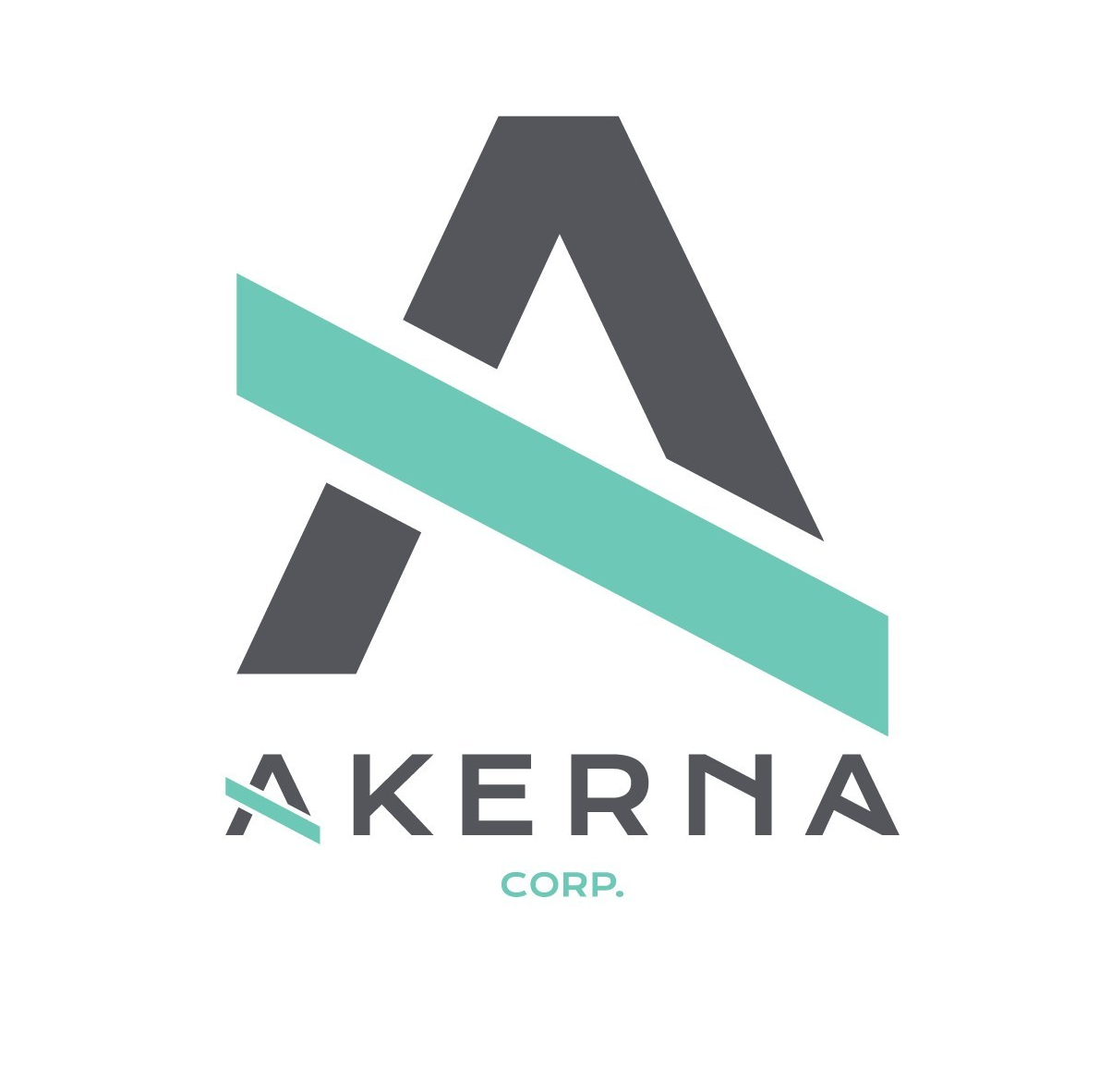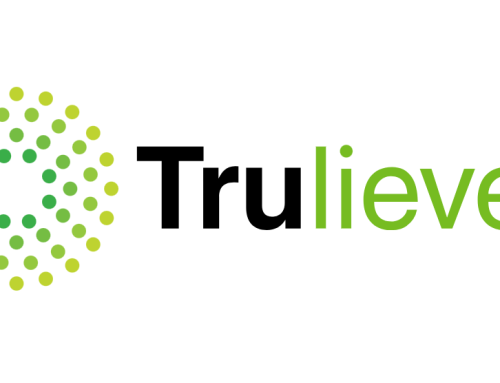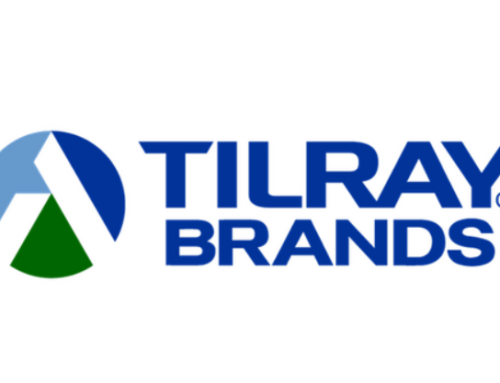Akerna Announces Financial Results for First Quarter 2022
DENVER – Akerna (Nasdaq: KERN), an enterprise software company and developer of one of the most comprehensive technology infrastructures, ecosystems, and compliance engines powering the global cannabis industry, today reported its unaudited financial results for the quarter ended March 31, 2022.
“As demand for Akerna’s platforms from cannabis operators, regulators, and brands continues to widen, we are pleased to report 73% year over year total revenue growth for the first quarter of 2022,” said Jessica Billingsley, CEO of Akerna. “Since our inception, we have strategically evolved our ecosystem alongside industry requirements to ensure our enterprise business could scale. As a result, our Committed Annual Recurring Revenue (CARR), bookings, and transaction volumes have all continued to increase significantly.”
First Quarter 2022 Financial Highlights
- Software revenue was $6.5 million, up 71% year-over-year
- Total revenue was $7.0 million, up 73% year-over-year
- Gross profit was $4.7 million, up 85% year-over-year. Gross profit margin was 68% in the first quarter of 2022 compared to 64% in the first quarter of 2021
- Loss from operations was $20.6 million, up $17.1 million year-over-year
- Net loss was $22.0 million, up $15.5 million year-over-year
- Adjusted EBITDA* loss was $2.3 million compared with a loss of $1.8 million for the same quarter last year, a 29% improvement year-over-year as a percentage of revenue
- Cash and Restricted Cash was $10.2 million as of March 31, 2022
*See “Explanation of Non-GAAP Financial Measures” below
First Quarter 2022 Key Metrics
- CARR of $21.1 million, up 35% year-over-year
- Q1 software bookings of approximately $2.0 million
- Transaction volume up 16% year-over-year
- Average new business deal size up 40% year-over-year
- Retail order spend up 6% year-over-year
NOTE:
The foregoing financial results are preliminary in nature. Final financial results and other disclosures will be reported in Akerna’s quarterly report on Form 10-Q and may differ materially from the results and disclosures today due to, among other things, the completion of final review procedures, the occurrence of subsequent events or the discovery of additional information. You are encouraged to review the Form 10-Q in detail.
Forward Looking Statements
Certain statements made in this release are “forward-looking statements” within the meaning of the “safe harbor” provisions of the United States Private Securities Litigation Reform Act of 1995. When used in this press release, the words “estimates,” “projected,” “expects,” “anticipates,” “forecasts,” “plans,” “intends,” “believes,” “seeks,” “may,” “will,” “should,” “future,” “propose” and variations of these words or similar expressions (or the negative versions of such words or expressions) are intended to identify forward-looking statements. Such forward-looking statements include but are not limited to statements regarding our preliminary financial results which may differ from our final financial results, our preparation for a potential post-legalization landscape, our believe enterprise capabilities, including comprehensive compliance solutions and financial reporting integrations, will become increasingly important to the future leaders of the cannabis industry and the timing for management’s conference call in relation to our quarterly results. These forward-looking statements are not guarantees of future performance, conditions or results, and involve a number of significant known and unknown risks, uncertainties, assumptions, and other important factors, many of which are outside Akerna’s control, that could cause actual results or outcomes to differ materially from those discussed in the forward-looking statements. Important factors, among others that may affect actual results or outcomes, include (i) Akerna’s ability to maintain relationships with customers and suppliers and retain its management and key employees, (ii) changes in applicable laws or regulations, (iii) changes in the market place due to the coronavirus pandemic or other market factors, (iv) and other risks and uncertainties disclosed from time to time in Akerna’s filings with the U.S. Securities and Exchange Commission, including those under “Risk Factors” therein. You are cautioned not to place undue reliance on forward-looking statements. All information herein speaks only as of the date hereof, in the case of information about Akerna, or the date of such information, in the case of information from persons other than Akerna. Akerna undertakes no duty to update or revise the information contained herein. Forecasts and estimates regarding Akerna’s industry and end markets are based on sources believed to be reliable; however, there can be no assurance these forecasts and estimates will prove accurate in whole or in part.
Explanation of Non-GAAP Financial Measures:
In addition to our results determined in accordance with U.S. generally accepted accounting principles (“GAAP”), we believe the following non-GAAP measures are useful in evaluating our operating performance. We use the following non-GAAP financial information to evaluate our ongoing operations and for internal planning and forecasting purposes. We believe that non-GAAP financial information, when taken collectively, may be helpful to investors because it provides consistency and comparability with past financial performance. However, non-GAAP financial information is presented for supplemental informational purposes only, has limitations as an analytical tool, and should not be considered in isolation or as a substitute for financial information presented in accordance with GAAP.
Investors are cautioned that there are material limitations associated with the use of non-GAAP financial measures as an analytical tool. Other companies, including companies in our industry, may calculate similarly titled non-GAAP measures differently or may use other measures to evaluate their performance, all of which could reduce the usefulness of our non-GAAP financial measures as tools for comparison. We attempt compensate for these limitations by providing specific information regarding the GAAP items excluded from these non-GAAP financial measures.
Investors are encouraged to review the related GAAP financial measures and the reconciliation of these non-GAAP financial measures to their most directly comparable GAAP financial measures and not rely on any single financial measure to evaluate our business.
Adjusted EBITDA
We believe that Adjusted EBITDA, when considered with the financial statements determined in accordance with GAAP, is helpful to investors in understanding our performance and allows for comparison of our performance and credit strength to our peers. Adjusted EBITDA should not be considered alternatives to net loss as determined in accordance with GAAP as indicators of our performance or liquidity.
We define EBITDA as net loss before interest expense, provision for income taxes, depreciation and amortization. We calculate Adjusted EBITDA as EBITDA further adjusted to exclude the effects of the following items for the reasons set forth below:
- Impairment of long-lived assets, because it’s a non-cash, non-recurring item, which effects the comparability of results of operations and liquidity;
- Stock-based compensation expense, because this represents a non-cash charge and our mix of cash and share-based compensation may differ from other companies, which effects the comparability of results of operations and liquidity;
- Cost incurred in connection with business combinations and mergers that are required to be expensed as incurred in accordance with GAAP, because business combination and merger related costs are specific to the complexity and size of the underlying transactions as well as the frequency of our acquisition activity these costs are not reflective of our ongoing operations;
- Cost incurred in connection with non-recurring financing, including fees incurred as a direct result of electing the fair value option to account for our debt instruments;
- Restructuring charges, which include costs to terminate a lease and the related write off of leasehold improvements and furniture, as we believe these costs are not representative of operating performance;
- Gain on forgiveness of PPP loan, as this is a one-time forgiveness of debt that is not recurring across all periods and we believe inclusion of the gain is not representative of operating performance;
- Equity in losses of investees because our share of the operations of investees is not representative of our own operating performance and may not be monetized for a number of years;
- Changes in fair value of contingent consideration because these adjustments are not recurring across all periods and we believe these costs are not representative of operating performance; and
- Other non-operating expenses which includes items such as a one-time gain on debt extinguishment and a one-time loss on disposal of fixed assets, which effects the comparability of results of operations and liquidity.
Related Non-GAAP Expense Measure
We reference in our earnings call non-GAAP Operating Expenses. We believe that this non-GAAP financial measure, when considered with the financial statements determined in accordance with GAAP, is helpful to management and investors in understanding our performance quarter over quarter and to the comparable quarter in our prior fiscal year by excluding the same items we exclude from EBITDA to derive Adjusted EBITDA that are included in GAAP operating expenses, as set forth above (impairment of long-lived assets, stock-based compensation expense, costs incurred with business combinations, costs incurred in connection with debt issuance, restructuring costs and certain other non-operating expenses, as described above) for the same reasons stated above– principally, that these expenses are not, in management’s opinion, easily comparable across reporting periods, are not reflective of ongoing operations and/or are not representative of our operating performance.
We define non-GAAP Operating Expenses, as GAAP Operating Expenses, excluding impairment of long-lived assets, stock-based compensation expense, costs incurred with business combinations, costs incurred in connection with debt issuance and restructuring costs.
This non-GAAP expense measure should not be considered an alternative to the corresponding GAAP financial measure as determined in accordance with GAAP as an indicator of our performance or liquidity. Please review the tables provided below, for a reconciliation of this non-GAAP expense measure to the corresponding GAAP financial measure.
The reconciliation of the above non-GAAP financial measures for the quarter ended March 31, 2022 are presented in the tables below. For comparative purposes, the reconciliation of these non-GAAP financial measures in the prior quarter ended December 31, 2021 are contained in our press release for that quarter dated March 21, 2022 and available in our current report on Form 8-K/A filed with the Securities and Exchange Commission on March 31, 2022 and available here: https://www.sec.gov/ix?doc=/Archives/edgar/data/1755953/000121390022016906/ea157744-8ka1_akerna.htm
Key Performance Metrics
We use several key performance metrics in this press release.
We define committed annual recurring revenue (“CARR”) as the total amount of contracted annualized recurring revenue for which clients have signed contracts as of the end of the stated period, assuming any contract that expires during the next 12 months is renewed on its existing terms. CARR includes the annualized value of contracted subscriptions, the annualized value of contracted software support services active and the annualized value of contracted consulting services at the end of a reporting period and does not include revenue reported as “Other Revenue” in our consolidated statement of operations. We are monitoring these metrics because they align with how our customers are increasingly purchasing our software solutions and how we are managing our business. The CARR metric should be viewed independently of revenue and CARR is not an indicator of future revenue.
We define software bookings as the dollar amount of new signed software contracts, the value of which will be recognized over the life of the contract. We define the average new business deal size as the average monthly recurring revenue of bookings for new customers and expansion on existing accounts in the period. We monitor growth in bookings and deal size as a near-term leading indicator of our business’s performance. Software bookings should be reviewed independently of revenue and is not an indicator of future revenue.
We define transactions as the sale of cannabis good recorded on our system and including sales between a retailer and a consumer and sales throughout the supply chain throughout the wholesale process before the consumer transaction. We define transaction dollar amount as the total dollar value of transactions that are tracked on our systems during the reported period. We define transaction numbers as the total number of transactions that are recorded on our systems during the reported period. Transaction dollar amount and transaction value do not relate to transactions by Akerna but to transactions undertaken by our clients tracked on our systems. We track transaction dollar value and transaction numbers as a long-term leading indicator of our market share. These metrics should be viewed independently of revenue and are not an indicator of future revenue.
(This information is primarily sourced from Akerna Corp. Highly Capitalized has neither approved nor disapproved the contents of this news release. Read our Disclaimer here).


































